Review: Blu Vivo X
Mar 30, 2018, 12:30 PM by Eric M. Zeman
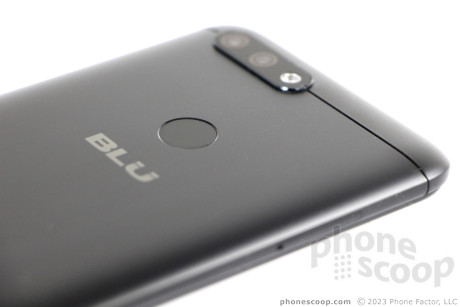
Blu's latest phone is the Vivo X, an affordable flagship that boasts a 6-inch screen, 4 cameras, and a massive battery. If you're turned on by unlocked Android phones with 2:1 displays and low price points, the Blu Vivo X is a reasonable piece of hardware. Here is Phone Scoop's in-deopth review.
Hardware
Is It Your Type?
The Blu Vivo X is a budget flagship phone. This unlocked Android device is the first from Blu to adopt the 2:1 aspect ratio for the display and other modern appointments at an affordable price point. For photography fans, it features four cameras for maximum flexibility. If you prefer unlocked devices that support two SIM cards, the Vivo X has some appeal.
Body
The Vivo X is Blu's latest flagship phone. It carries over the better design and build quality of the Vivo series in a phone fit for 2018. It features curved-edge glass on front, a metal chassis wrapping the rear and side edges, and plastic caps on either end. The glass panel is set into a thin plastic frame, which is then itself set into the metal chassis. The forward-facing edge of the frame has a color-matched chamfer cut at a nice angle. You'll spot two grooves on the back that separate the metal panel from the plastic caps. Thankfully the grooves aren't as deep or sharp as they've been on older Blu devices.
The phone is only offered in black. I appreciate the matte finish that covers most of its skin, though Blu seems to be incapable of matching the color of the metal and plastic pieces (on any of its phones.)
This is a big piece of hardware. It's about the same size and shape as the Samsung Galaxy S9+. The Vivo X stands a good 6.3 inches tall and sits more than 3 inches wide. I wish it were thinner and lighter; the 8.4mm thickness and 6.6oz weight don't help in the usability department. People with medium-sized or small hands may find the phone is just too big. There's no question it's a two-handed device. It fits into pockets, but you always know it is there.
Hand Fit
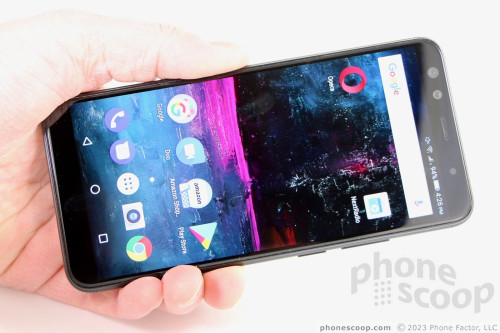
Materials and build quality are better than most Blu phones I've reviewed, even other Vivo series devices. The top assembly with the curved glass and plastic frame is set into the metal chassis firmly and seamlessly. The joints between the metal and plastic pieces on the rear of the phone are tight. The combination of high(er)-quality glass, metal, and weight give the phone a sense of legitimacy that other Blu device have lacked. It may be a budget phone, but this Blu ain't cheap.
With a 2:1 screen, the phone has an elongated face. Blu could have done a better job minimizing bezels. The forehead and chin measure at least 1cm each, and the side bezels are also fairly noticeable. The front is a solid piece of glass from top to bottom. You won't find any buttons on the chin.
Chin
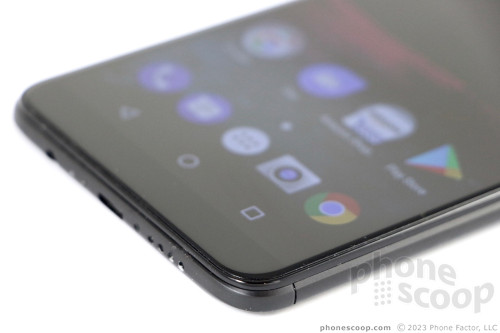
The only hardware controls are positioned on the right edge of the phone. There, you'll easily find the textured screen lock button and smooth volume toggle. These buttons have excellent travel and feedback.
The card tray is on the left side. The tray supports a SIM card and memory card, or two SIM cards. If you want to use a microSD memory card and SIM card at the same time, you'll need a micro (3FF) SIM card rather than the nano (4FF) SIM card. It's an odd setup.
I wish the Vivo X offered USB-C; instead, it charges via a microUSB port on the bottom. It's accompanied by a 3.5mm headphone jack and holes for the speakerphone. There are no features or controls on the top edge.
The phone has gently rounded corners and the side edges roll around into the slightly curved rear panel. It's solid black, save for the khaki-colored Blu logo painted on back. Blu opted to locate a round fingerprint reader on the rear of the phone. I like that it's indented a bit, which makes it easy to find and use. The camera module protrudes quite a bit from the surface. It holds two lenses and the two-tone LED flash.
Camera Array
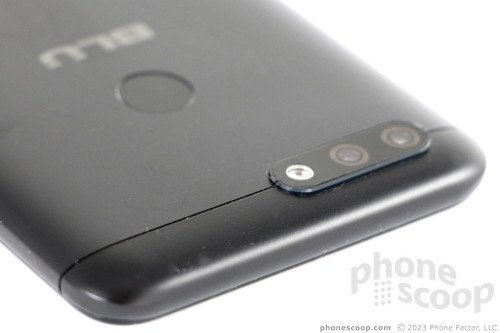
Some Blu phones have offered removable rear panels, but not the Vivo X. The metal chassis is glued together firmly. That means no access to the battery, which is buried inside.
Rear Panel
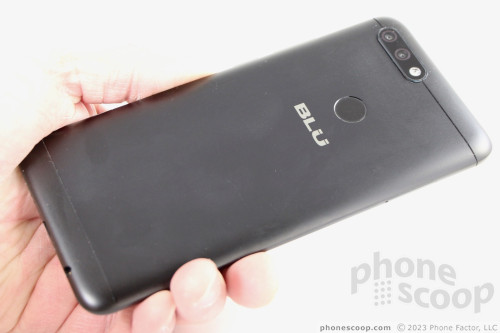
Blu's Vivo X is a big phone that steps up its game a bit. It's a finer piece of hardware than I've seen from Blu before, and yet it doesn't push past other devices in this price point.
Profile
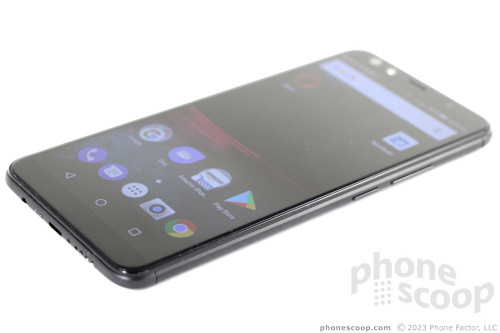
Screen
A 6-inch LCD screen adorns the front of the phone. It relies on the 2:1 aspect ratio and has 1,440 by 720 pixels ("HD+", but not full HD). It's protected by Gorilla Glass 3. I'd call it a fine screen. I think Blu is walking the razor's edge with respect to resolution here; any display this big would be better off with full HD+ resolution. If you know that you care about pixel density, you might be disappointed; otherwise, you might find it be just fine.
Brightness and color are decent. I was able to use the phone inside without issue. The glass collects more fingerprints than expensive phones, and the grime impedes visibility when under sunny skies. A bit more brightness would help. Blu provides a basic tool for controlling the display's color profile, allowing you to make it more vivid/contrasty.
Viewing angles are good. There's no blue shift on the screen when the phone is tilted and brightness loss is minimal.
The phone features a glove mode, which ensures the screen is responsive when you're wearing gloves. It worked with thinner gloves, but not my thicker ones.
Signal
Blu sells the Vivo X to U.S. consumers unlocked. Like many unlocked phones, it has basic support for U.S. LTE bands. It includes the core bands used by AT&T and T-Mobile (2, 4, 5, 12, and 17). You won't find support for AT&T's bands 29 and 30, nor T-Mobile's bands 66 and 71. Without these bands you might experience poor service when the network is congested. I tested the phone on AT&T's network and found it performed in line with other unlocked phones I've evaluated recently.
The phone had no trouble finding AT&T's LTE service. It remained on 4G throughout the time I spent reviewing it. The majority of calls patched through on the first attempt and the phone didn't drop any calls at highway speeds.
Data speeds were definitely limited. The peak download I saw with the phone was just 10 Mbps. That's pretty slow for a 4G phone. It handled stuff like Twitter and Facebook no problem, but streaming media over LTE meant low-resolution and buffering were the norm.
Sound
I was pleased with voice quality. The earpiece delivers clean, punchy tones that sound very nice. You'll need to keep the volume set up all the way, as the phone isn't the loudest I've tested. You should be able to hear calls well enough in the car and when walking around outdoors. Loud coffee shops might force you to seek quieter spaces. Those I spoke to via the Vivo X said I sounded "just good."
The phone does not support AT&T's WiFi- or LTE-enabled voice services.
The speakerphone is surprisingly loud. You can easily hear calls in a noisy home or office space, or when walking city streets. It will distort a bit when set to high volumes.
Ringers and alerts were more than loud enough to get my attention. The vibrate alert did well.
Battery
A massive 4,010mAh battery is hiding within. That's better than most modern flagship phones. The lower-resolution display and ample power management tools also help. The result is a phone that pushes through more than a full day with ease. On several occasions, I squeezed 1.5 days out of the Vivo X. Most of the time it pushed from breakfast one day to mid-morning the next. It delivers a solid bang for the buck.
The phone supports 5V/2A charging via the included plug, which means it takes about 2.5 hours to charge fully. Blu says this is "rapid", but that's a bit of a stretch by today's standards. There's no wireless charging.
Bluetooth, GPS, NFC, WiFi
Secondary radio performance was mixed. Bluetooth did an acceptable job, but not a great one. The phone struggled to connect with several accessories I have on hand and wouldn't connect to my car at all. Phone calls I took via headsets sounded mediocre, while music I streamed to Bluetooth headphones was just okay.
The GPS radio located me quickly and accurately enough.
There is no NFC.
WiFi connected to my home network with no problem, but was much slower than other phones in terms of downloading apps. Speed tests showed the phone limited to just 30 Mbps on WiFi. It didn't even come close to reaching the maximum speed offered by my home service.
Software
Lock Screen
The phone has a pretty bare bones lock screen experience. The Vivo X does not offer any sort of active display. Notifications will illuminate the notification LED if you want them to, but that's it. A quick press of the screen lock button calls up the lock screen. The time and date are placed in a thin dock that is crammed against the bottom of the screen. The dock also houses a shortcut to the camera. You cannot alter the dock. Like most Android phones, notifications pile up in the center of the screen.
I found the fingerprint reader relatively easy to train. It was faster and more reliable than the reader on the Blu S1, but not quite as quick as today's best phones. In addition to securing the phone, you can rely on your fingerprint to unlock a private folder for those sensitive files.
Home Screens
Blu ships the Vivo X with Android 7.1 Nougat, which, seven months after the debut of Android 8 Oreo, is annoying. The experience is mostly stock Android, so at least there's that.
Thankfully, the home screen panels behave like the majority of Android devices. Feel free to customize your home screens with wallpapers, app shortcuts, and widgets. You can adjust the font and icon sizes, which lets you fit more on the screen if you wish.
The phone includes the Google Now screen, which means the left-most home panel is the Google app customized with your content.
The app drawer delivers a standard Android experience, but the settings menu and Quick Settings shade do not. The settings menu carries Blu designs and arrangements.
Rather than drop down from the top of the screen, the "Control Center" is accessed by swiping up from the bottom of the display. This is a UI skin idea we saw from Blu way back in 2016. It functions a lot like the old Control Center did on iPhones running iOS 10. It is here that you adjust screen brightness and toggle on/off various functions. At the same time, notifications are still accessed by swiping down form the top of the screen. This arrangement makes for a lot of swiping.
Blu opted for a MediaTek Helio P25 processor with eight cores clocked at 2.6 GHz. It's paired with 4 GB of RAM and 64 of storage. I found the phone ran well. It never felt laggy or slow. Apps were quick to open and screen transitions were smooth. The P25 provides more than enough oomph for the Vivo X.
Camera
There's a lot going on with this camera app. The quickest, most reliable way to open the camera is to double-press the screen lock button. It opens in about 1 second.
The main viewfinder is crammed with features. A strip of basic toggles/controls lines the far left side of the screen, while the core shooting modes are listed next to the shutter buttons on the right side. Much like the iPhone and Galaxy camera apps, the main shooting modes are accessed by swiping the entire viewfinder. The modes include photo, video, night, backlight, face beauty, panorama, and professional.
The professional (manual) mode allows you to adjust focus, shutter speed (up to 12 seconds), white balance, ISO, and exposure. These tools are easy to manage thanks to rotating dials that appear on the screen. I like that you can open all the dials at once.
Then there are the ancillary shooting modes, which include time-lapse, slow motion, text recognition, GIF, PicNote, smart scan (QR codes), mood photo, card scanner, translation, and group selfie.
The text recognition mode lets you shoot pics of most any text and turn it into an editable document. That's helpful and it works well. The card scanner is for business cards and easily adds them directly to your contacts. The translation function supports a huge number of language combinations. It's a hair slow, but can handle paragraphs at a time. The PicNote tool captures a PDF rather than a photo and then allows you to annotate it with text, graphics, and such.
The group selfie tool is sort of like a panorama. It requires you to take several pictures rather than just a single wide-angle shot. SInce the user-facing camera has a wide-angle lens, this is a redundant and useless feature. The mood photo tool captures pix that are filtered similar to Instagram and then framed in Polaroid-style borders with room for captions.
A standard set of filters is available if you want. A bokeh function is also on board for taking shots with blurred backgrounds. I like that you can adjust the level of background blur before you take the picture.
It's a chaotic camera app, but it is chock full of advanced features.
Photos/Video
Have I mentioned that the Vivo X has four cameras? Yeah. Two on the back and two on the front.
The main rear cameras are composed of a 13-megapixel / 5-megapixel combo at f/2.0. The secondary sensor here is used to capture depth-of-field and contrast information in order to help with the bokeh effects.
I was mostly pleased with the pictures I took with the phone. Indoor shots turned out pretty good considering the range of light (see mall shots). I did notice more grain than I cared for in some indoor shots. Outdoor shots were more apt to be brightly exposed and colorful. Focus was excellent and the majority of pix I captured were sharp and clean.
The bokeh shots were really inconsistent. You can see in the pix of E.T below that half the figure is in focus and half isn't. The bokeh shooting tool includes a dial to control how much background blur there is and I recommend using as little as possible. This at least ensures your subject will be in focus. The other shooting modes offer fine results, but it takes practice to get the best pictures.
The selfie cameras offer more flexibility than most. Here, you have a 20-megapixel / 8-megapixel combo at f/2.0. The main sensor captures standard view shots, while the second sensor captures 120-degree wide-angle shots. The selfie cameras include a screen-based flash for low-light shooting, and many of the standard camera shooting styles are available in selfie mode (face beauty, backlight, etc.).
Selfie shots are generally sharp and well exposed, but saturated with grain no matter how much light is available. The bokeh effect is even more inconsistent when shooting selfies. I do like the super wide-angle shots. Wide-angle selfies are a real thing and need to be available on more phones. (Again, this is in addition to the group selfie tool.) The beautification tools are respectable and don't overdo the makeup effect.
The phone is limited to capturing video up to full HD in resolution (no 4K). The footage I captured looked very good.
I do think most people will be happy using the Vivo X as their main camera, it just takes a bit of practice to get the best results.
Wrap-Up
The Vivo X is a solid effort from Blu and competes well in the market for phones under $300. I'm glad to see Blu adopt the 2:1 aspect ratio for the screen along with advanced cameras. The materials, fit, and finish are all quite good, though the screen itself could use more pixels. Core performance for call quality and battery life were excellent, even if data speeds fell a bit short of expectations.
Blu was smart to stick with a mostly stock build of Android, but I have to ding it for its decision to go with Nougat instead of Oreo. The camera app is the most complicated feature of the entire phone and it takes practice to fully master. I wish the results were just a wee bit better and yet most people will likely be happy with what they get.
Blu sells the Vivo X for $249 from Amazon. You can get the Honor 7X or Motorola G5S Plus for less, and those might be better options. I'd recommend the Vivo X only to those who want or need a dual-SIM phone and are specifically looking for something off the beaten path.
Camera Array

Comments
No messages


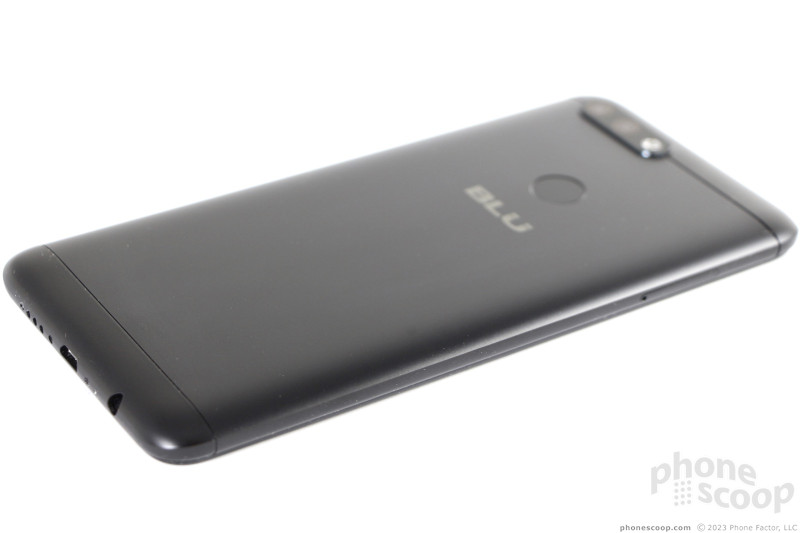

















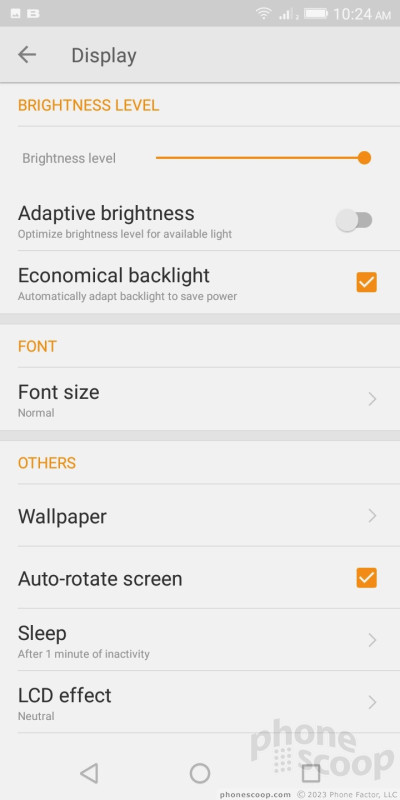


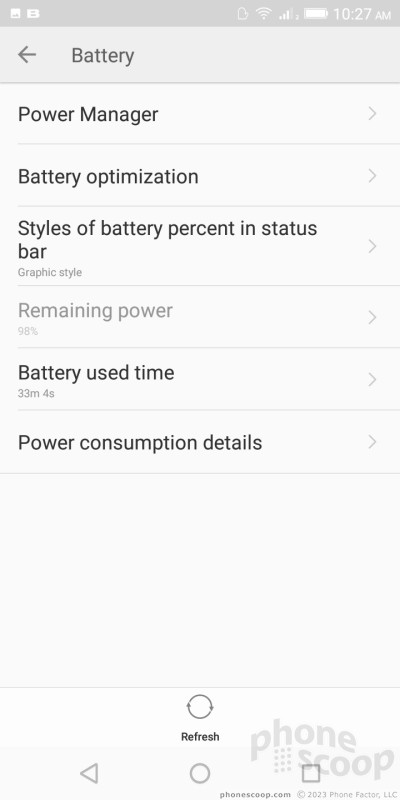




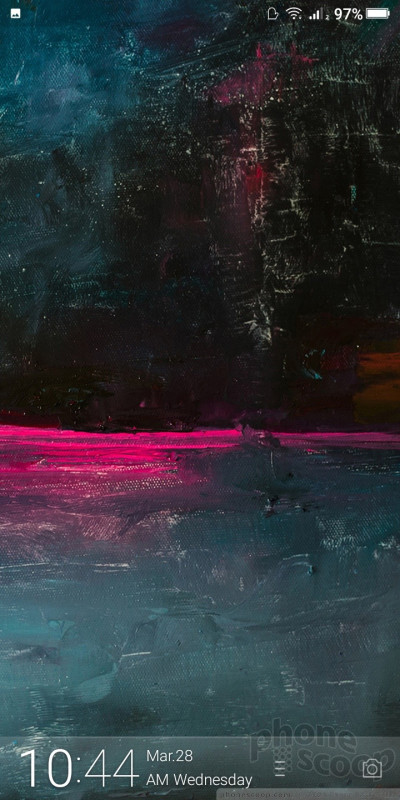




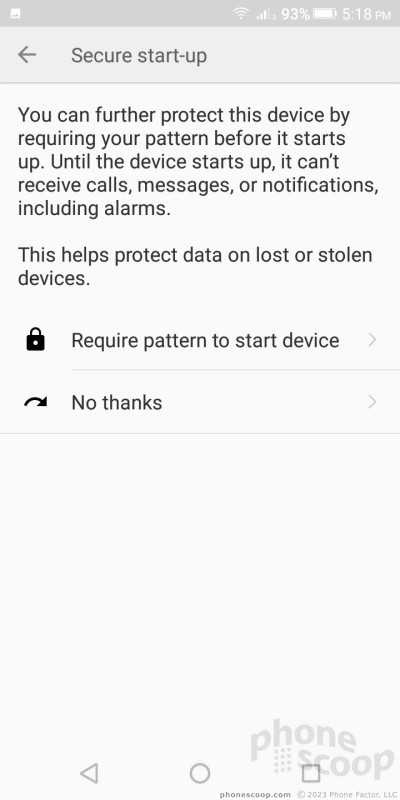




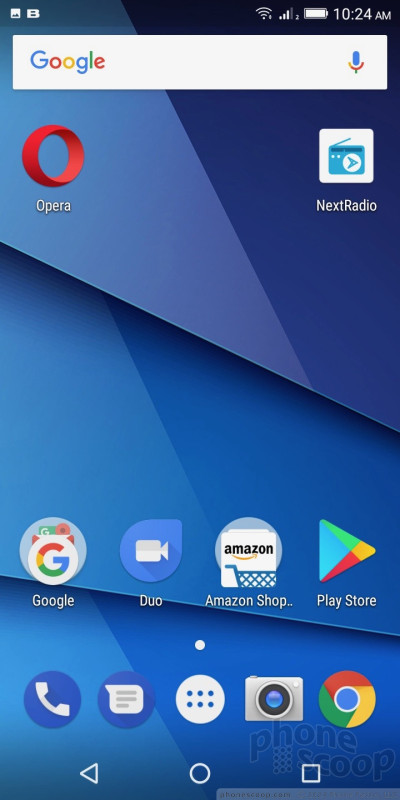












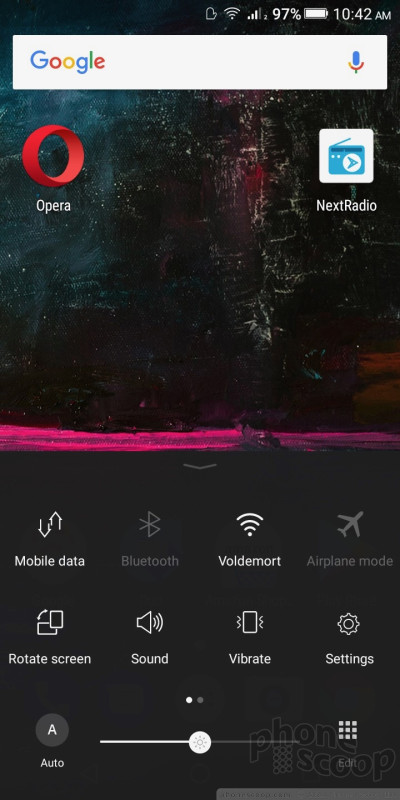
















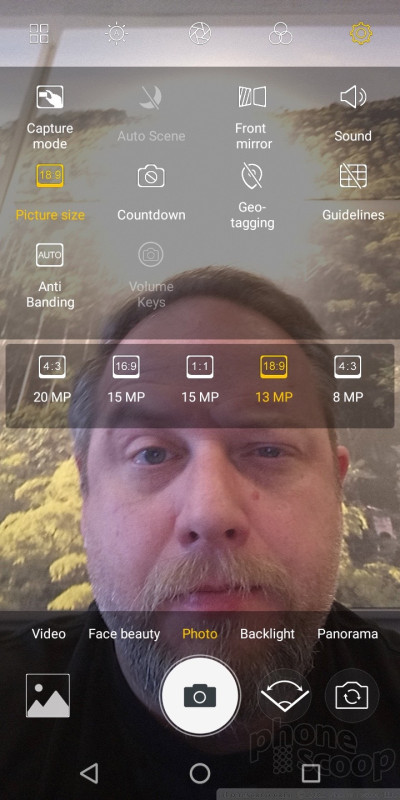





















































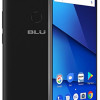 Blu Vivo X Boasts 4 Cameras, 6-Inch 18:9 Display
Blu Vivo X Boasts 4 Cameras, 6-Inch 18:9 Display
 iPhone 15 Series Goes All-In on USB-C and Dynamic Island
iPhone 15 Series Goes All-In on USB-C and Dynamic Island
 Samsung S24 Series Adds More AI, Updates the Hardware
Samsung S24 Series Adds More AI, Updates the Hardware
 iPhone 16 Brings More Features to All Price Points, Including New Camera Control
iPhone 16 Brings More Features to All Price Points, Including New Camera Control
 Samsung Puts its Best Camera Yet in the Galaxy S23 Ultra
Samsung Puts its Best Camera Yet in the Galaxy S23 Ultra









